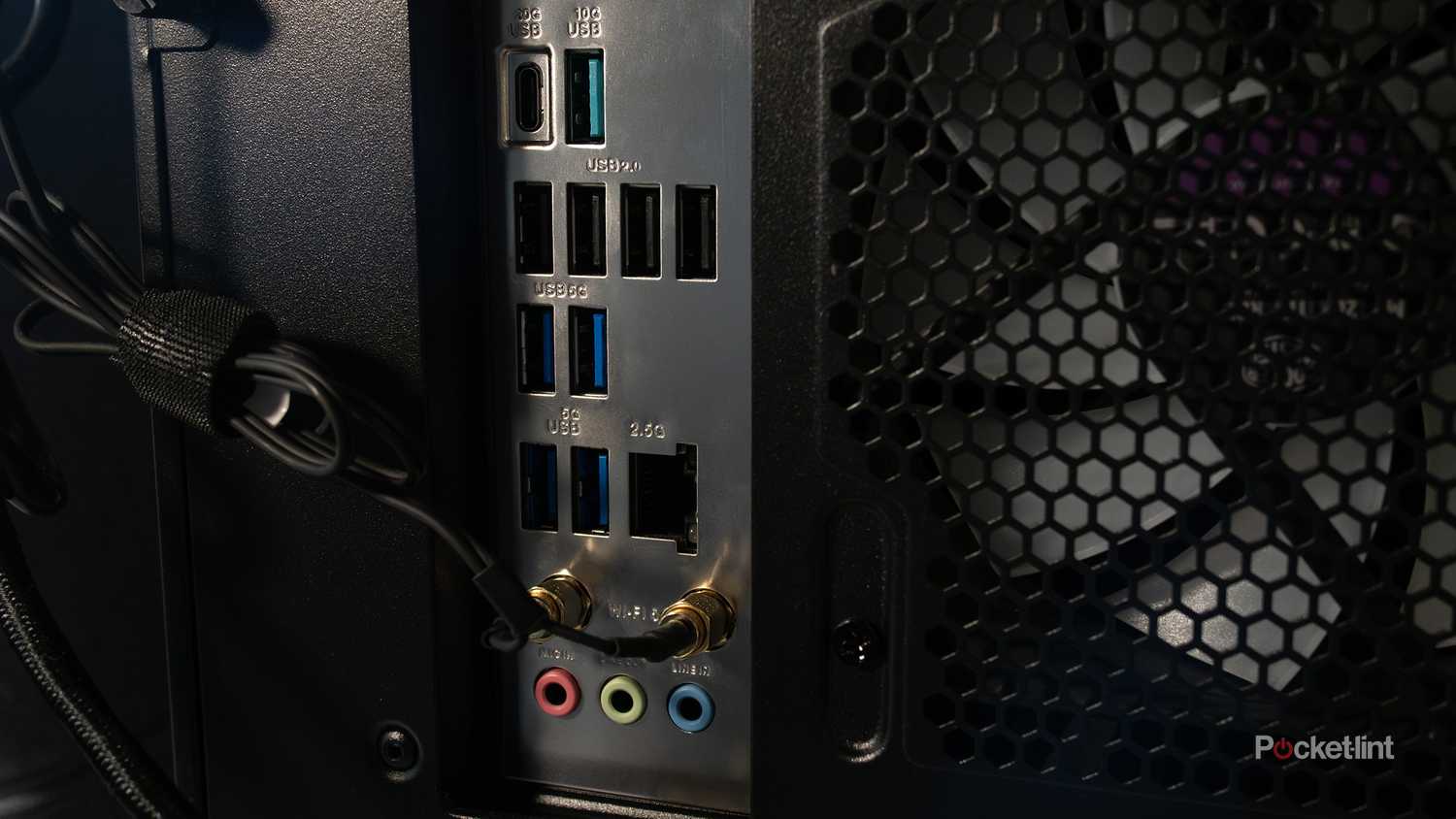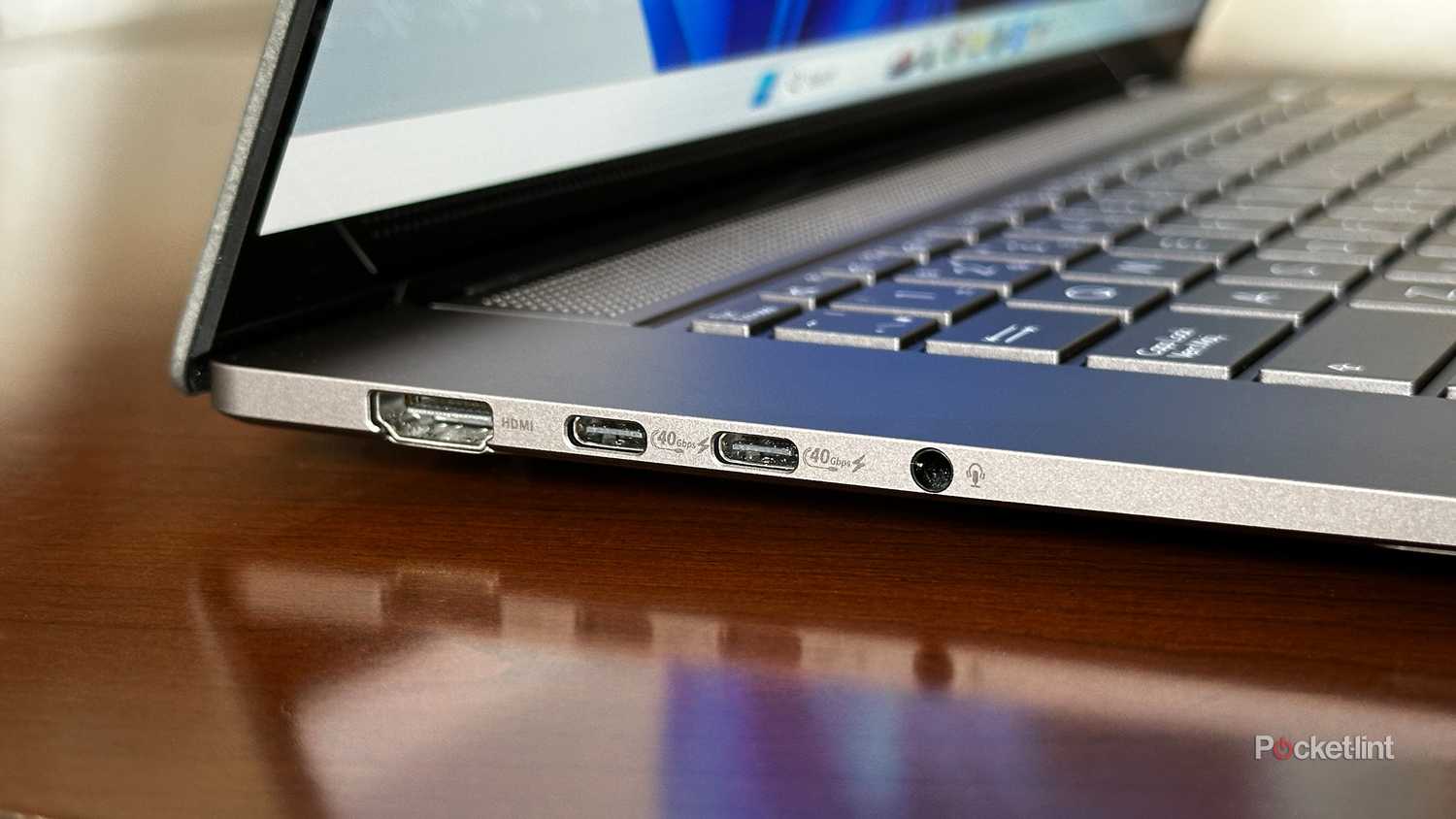rewrite this content and keep HTML tags
You likely interact with a USB port every day, whether you're plugging in your phone to charge or connecting a device to your PC. In recent years, USB-C, also known as USB Type-C, has become the most common type of USB port, seen on most smartphones, laptops, tablets, gaming consoles, e-readers, and many other devices.
In the mobile world, Android phones have had USB-C for a long time, but Apple finally caught up to the times and adopted USB-C on the iPhone back in 2023 with the iPhone 15 series, finally saying goodbye to its proprietary Lightning port.
I honestly hadn't thought much about USB-C lately because it's become so synonymous with all the tech I use that I've just grown used to it. However, that changed recently when my friend, who bought a new iPhone with USB-C for the first time, asked me a simple yet eye-opening question: “What's the C in the USB-C stand for?” It made me think of a funny aspect of technology: despite its widespread use by millions or even billions of people daily, many might not actually know what the ‘C' in USB-C represents. And to be clear, I don't blame them.
As for what the answer is, in all fairness, it isn't the most obvious. When you look at a USB-C port or connector, it isn't actually shaped like the letter C, so that isn't the meaning. My friend assumed it stood for connector, which is a reasonable guess but not the answer either. To really understand the meaning of the “C” in USB-C, it requires a bit of exploration into the history of the USB port itself.
USB-C is the latest USB connector
It is the successor to USB-A and USB-B
The reason USB-C has its name isn't because the C stands for something like charging, cable, or connector. The C doesn't stand for a specific word, nor is it an acronym for anything. The C in USB-C serves as an identifier for the design, as it's the latest connector type in the USB family, which includes two prior older design types: USB-A and USB-B.
The USB made its debut in 1996, when seven major tech companies — Intel, Microsoft, IBM, Compaq, DEC, NEC, and Nortel — launched the Universal Serial Bus (USB), a universal connector for computers. USB was designed to make connecting peripherals like keyboards, mice, and printers to PCs easier. In the 25 years since its introduction, it has become essential to many technological innovations, including smartphones, tablets, e-readers, and more.
USB-A is probably the USB port you're most familiar with, as it's the rectangular connector that's been used on devices for well over two decades now, and is still commonly seen today on USB flash drives, computers, gaming consoles, and more. It's a thick connector, and given how many laptops and tablets have been focusing on thinness in recent years, USB-C has largely taken over its place, thanks to its compactness and also its ability to handle faster data transfer and charging speeds.
Unlike USB-A and USB-B, USB-C is a reversible connector with a symmetrical design, allowing it to be plugged in any orientation.
You might be less familiar with USB-B, a bulkier square connection typically seen on printers and external hard drives. You may also find USB-B ports on the back of monitors, where they serve as upstream ports, meaning they send data from the other USB ports on your monitor back to your PC. So if you connect a keyboard to your monitor's USB-A port, you'll need to plug the USB-B port into your PC as well, so it can use it. Micro USB, which used to be on a lot of smartphones back in the day, is also a type of USB-B port, it's just a miniaturized version.
That lands us on USB-C, the newest type of USB connector. Unlike USB-A and USB-B, USB-C is a reversible connector with a symmetrical design, allowing it to be plugged in any orientation. In addition to its user-friendly design, USB-C is also much more compact than USB-A and USB-B, meaning it takes up way less space on devices. In an age where phones like the iPhone Air and the Galaxy Z Fold 7 exist, having a small yet extremely powerful USB port is integral to keeping the devices thin and light.
So, to recap, the “C” in USB-C doesn't have any hidden meaning or stand for another word. It is simply a label that indicates the type of USB connector you're using, which is USB Type-C. The letter C is used because it follows the sequential order of the USB family, which had USB-A and USB-B preceding it.
The ‘C' in USB-C doesn't indicate its power either
USB-C ports support various USB protocols that determine data transfer speed
Another important detail to know about USB-C ports is that the “C” doesn't actually indicate how fast it is either. While one benefit of USB-C over USB-A and USB-B is its versatility, as it supports a variety of USB protocols that its predecessors don't, this also makes USB-C a bit confusing because not all USB-C ports are the same.
The data transfer speed of a USB-C port depends on the USB protocol supported by its internal controller chip and the quality of the cable used. USB-C supports many protocols, including USB 2.0 with speeds up to 480 Mbps, USB 3.2 Gen 1 with speeds up to 5 Gbps, USB 3.2 Gen 2 with speeds up to 10 Gbps, and USB 4, Thunderbolt 3, and Thunderbolt 4 with speeds up to 40 Gbps.
If you're curious about how fast the USB-C port on your device is, check the manufacturer's spec sheet. For example, the iPhone 17 Pro's USB-C port is USB 3.2 and supports up to 10 Gbps, while the base iPhone 17's USB port is only USB 2, which means it is limited to 480 Mbps. Additionally, the charging speed of a USB-C port depends on the device's internal design and how much power it can accept from a charger. Like data transfer, charging speeds also depend on the quality of the USB-C cable, so before buying just any USB-C cable, check the supported speeds to avoid limiting your device's performance because of the cable.






